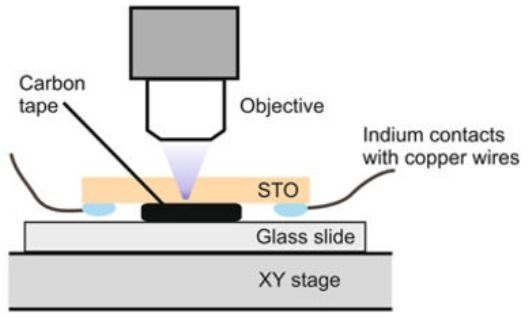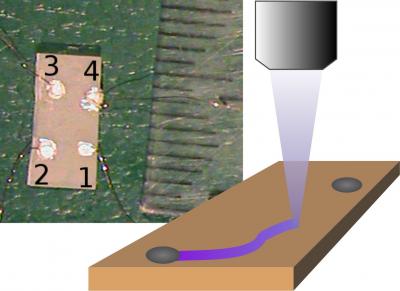- Using a drug already approved for clinical trials, researchers were able to reduce brain damage and boost the growth of new brain cells in mice suffering from strokes.
- The research offers new hope to those dealing with the aftermath of strokes, which are the fifth leading cause of death in the United States.
Researchers from the University of Manchester have developed a new treatment that could limit the damage caused by strokes and also promote repair in the affected area of the brain. What’s more, the drug they’re using has already been clinically approved.










